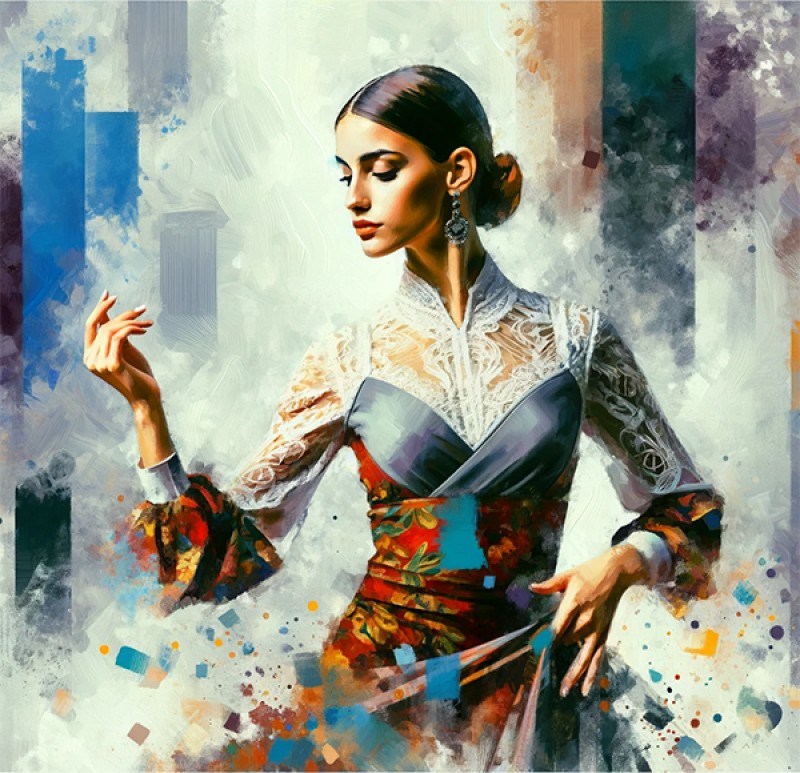Dancing Beyond Boundaries: How Dance Data Could Enrich AI in Multiple Industries
Published on January 22nd 2024, 5:47PM Last modified on February 1st 2024, 1:10PM
In the world of AI and machine learning, diverse datasets are the cornerstone of innovation. Among these, dance data stands out for its potential to revolutionize not just the dance community, but a plethora of industries. This post explores how the fluid, complex movements inherent in dance can enhance AI's understanding of real-world dynamics, impacting everything from robotics to virtual reality.
The Richness of Dance Data: Dance, with its intricate movements and expressive nuances, offers a wealth of data unlike any other. It encompasses a variety of styles, each with its unique patterns and physical expressions. This variety provides AI models with a comprehensive dataset that teaches them about the subtleties of human movement, balance, and spatial awareness.
Impacting Robotics and Automation: In robotics, dance data can lead to the development of more fluid and natural movement patterns. This is crucial in industries where robots work alongside humans or perform tasks requiring a high degree of precision and grace, such as in manufacturing or healthcare. By understanding dance movements, robots can become more adaptable and sensitive to their environments.
Enhancing Virtual and Digital Realities: The gaming and VR industries stand to benefit significantly from dance data. AI models trained with dance movements can create more realistic and responsive avatars, thus enhancing the user experience in virtual environments. This could also extend to AI-generated choreography in film and television, where realistic movement patterns are essential for believable character animations.
Applications in Healthcare: In healthcare, AI models informed by dance can revolutionize physical therapy and rehabilitation. By understanding the full range of human motion, AI can assist in designing personalized therapy routines, potentially leading to more effective recovery strategies for patients.
Aiding Creative Industries: The creative industries, including film, television, and game design, can leverage AI models trained on dance data to create more lifelike and dynamic animations. This can reduce the reliance on costly motion-capture technology, making high-quality animation more accessible and efficient.
Conclusion: The potential of dance data in enhancing AI models extends far beyond the dance floor. By incorporating the depth and diversity of dance movements, AI can achieve a more nuanced understanding of the physical world, benefiting industries like robotics, virtual reality, healthcare, and beyond. As we continue to harness this valuable resource, the possibilities for innovation and improvement across various sectors are limitless.





Comments (0)